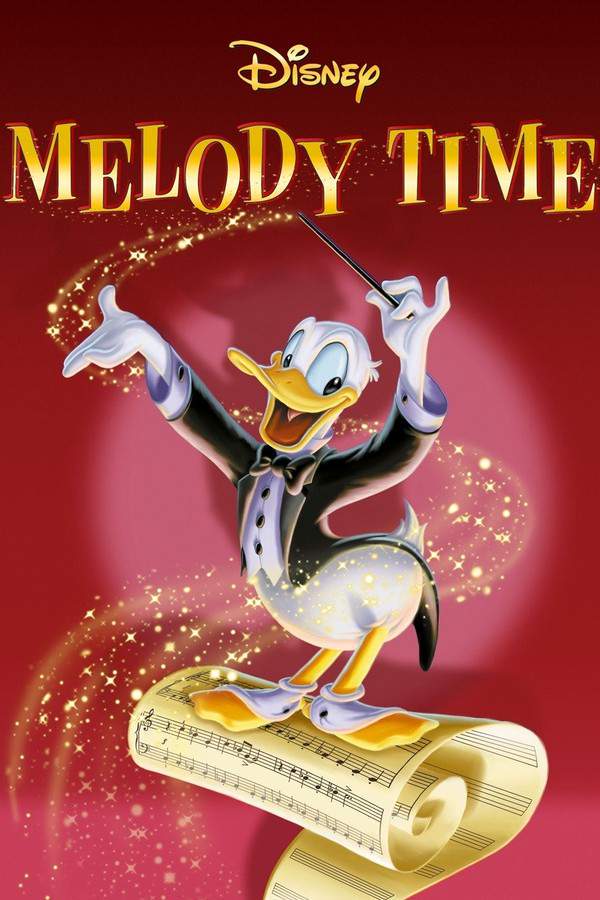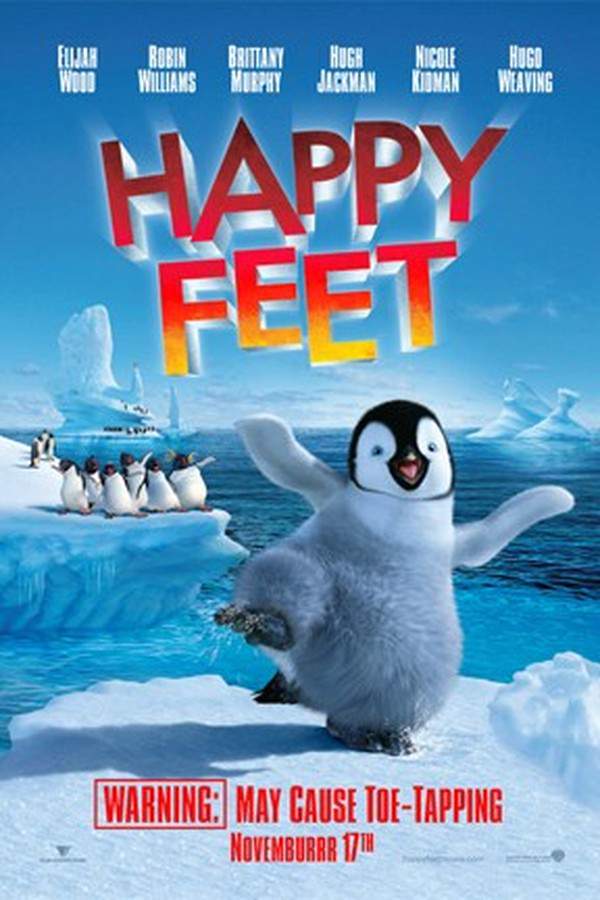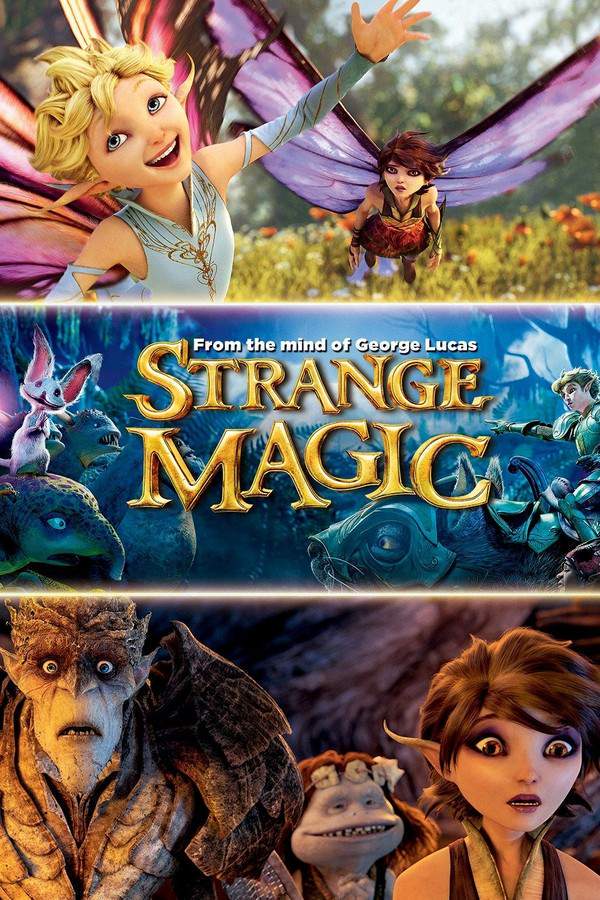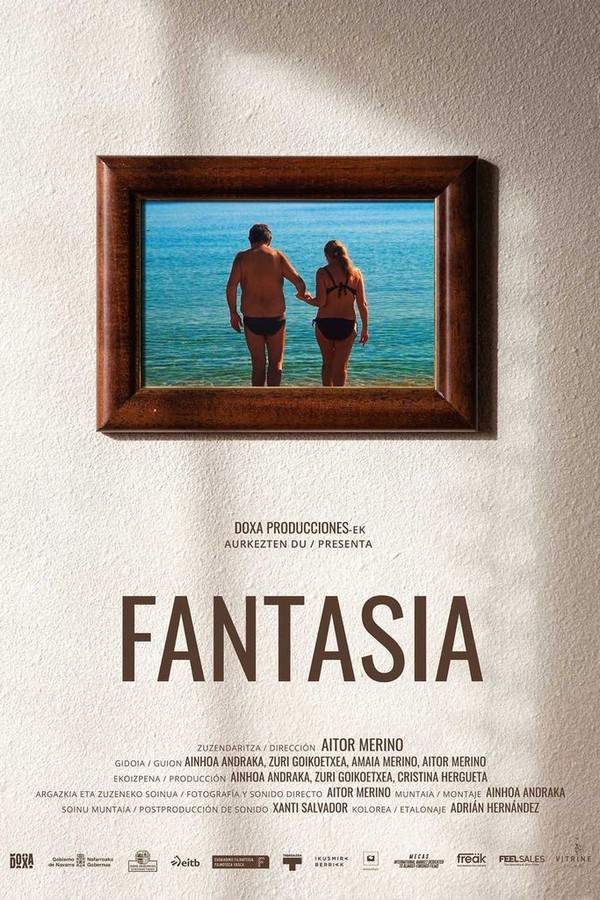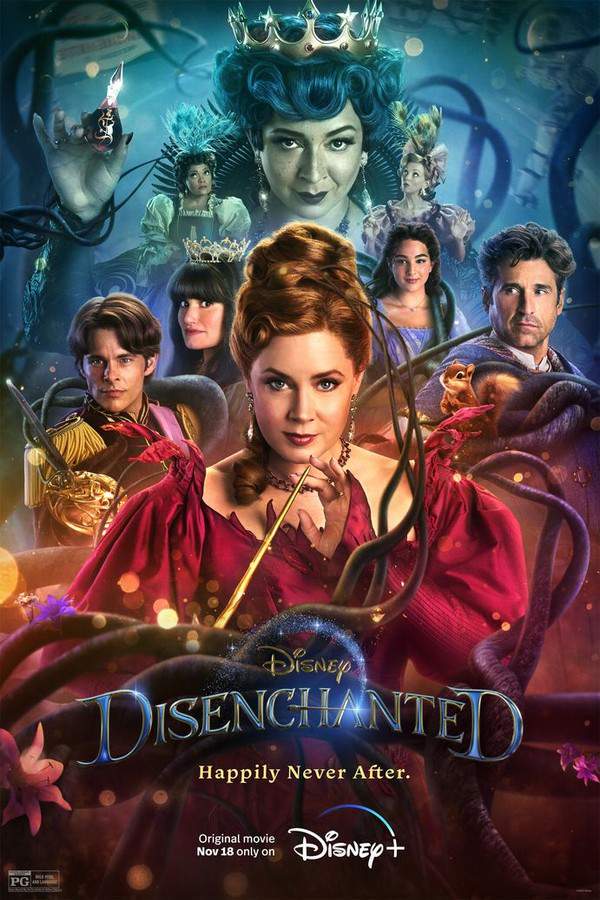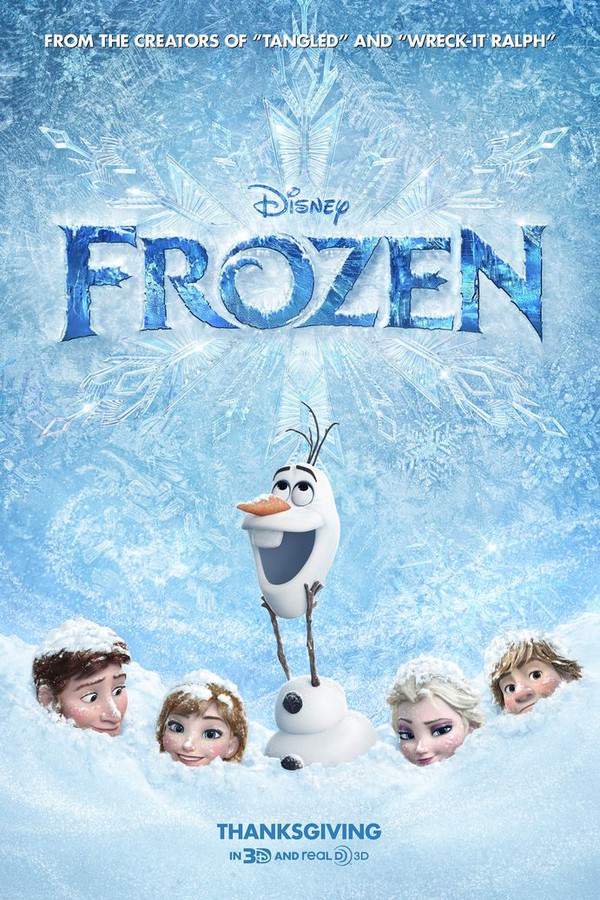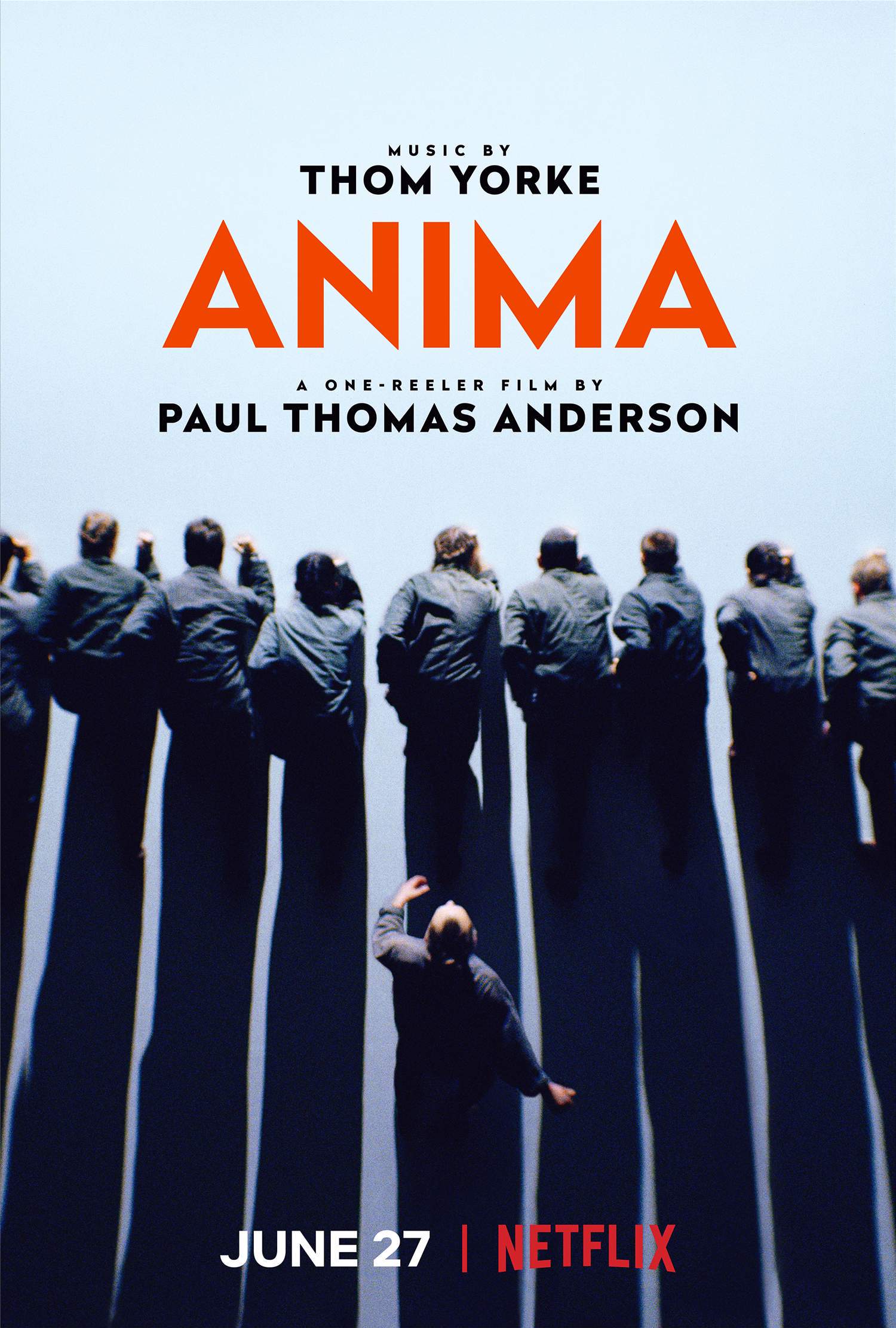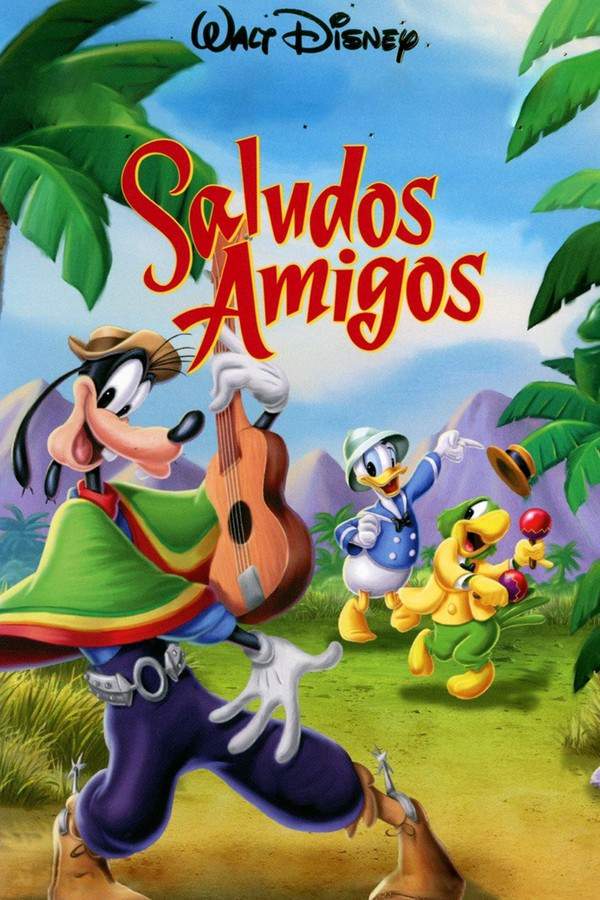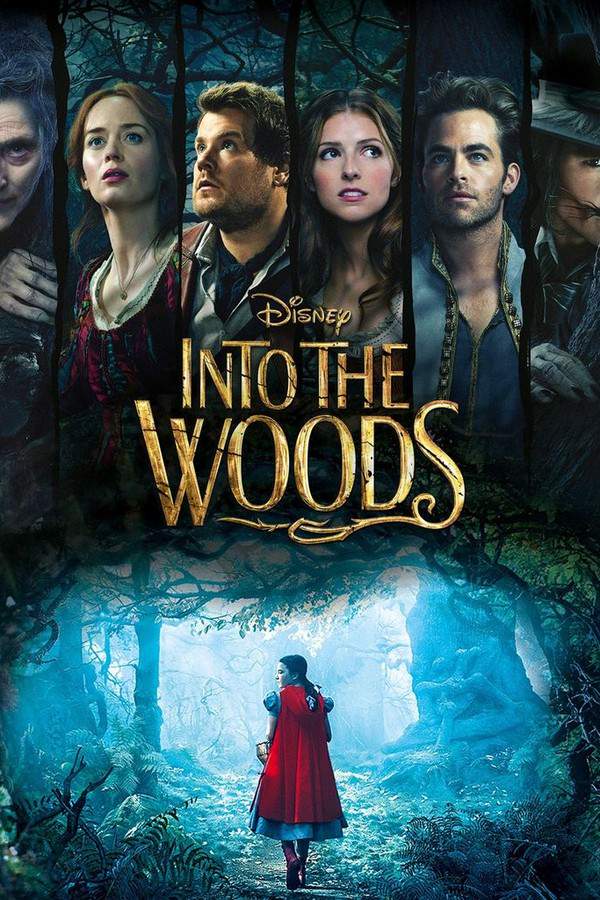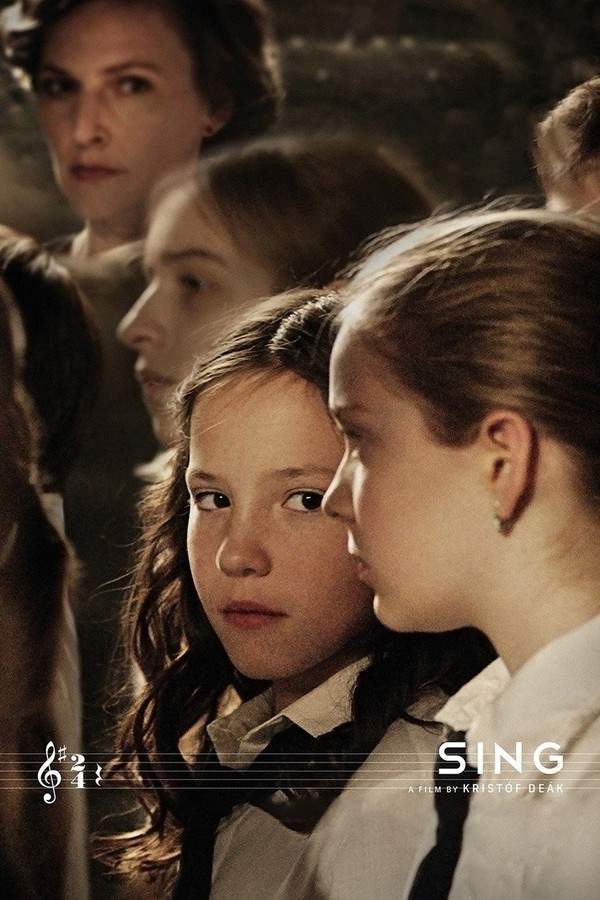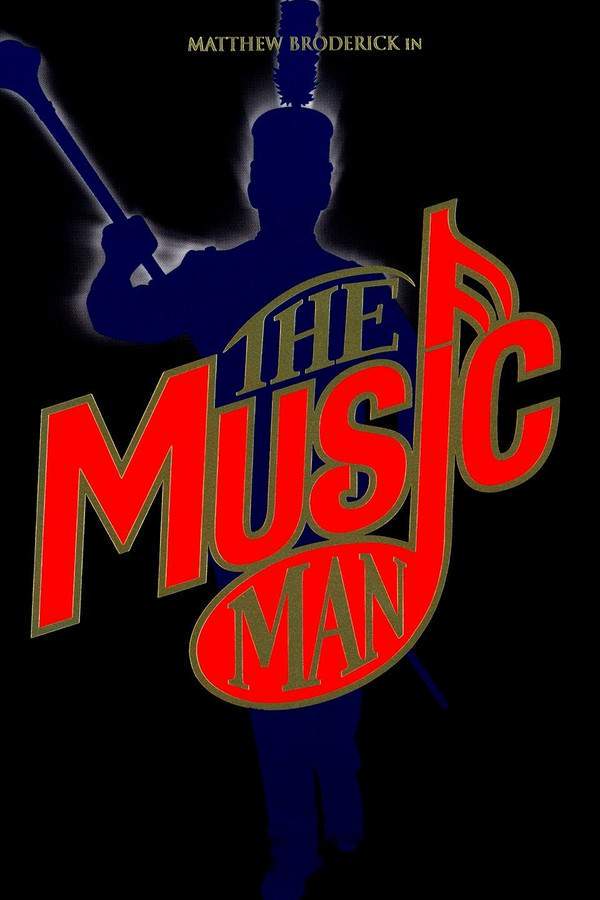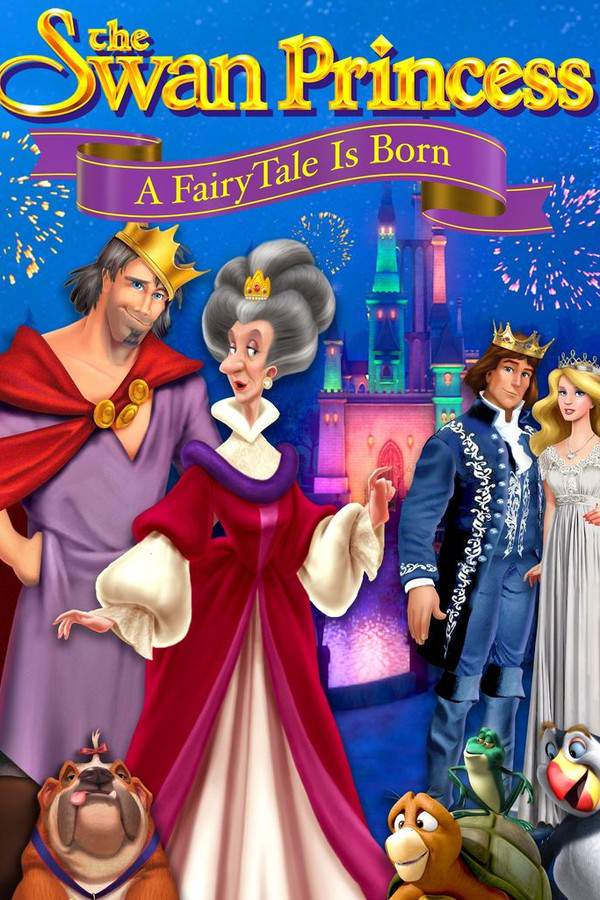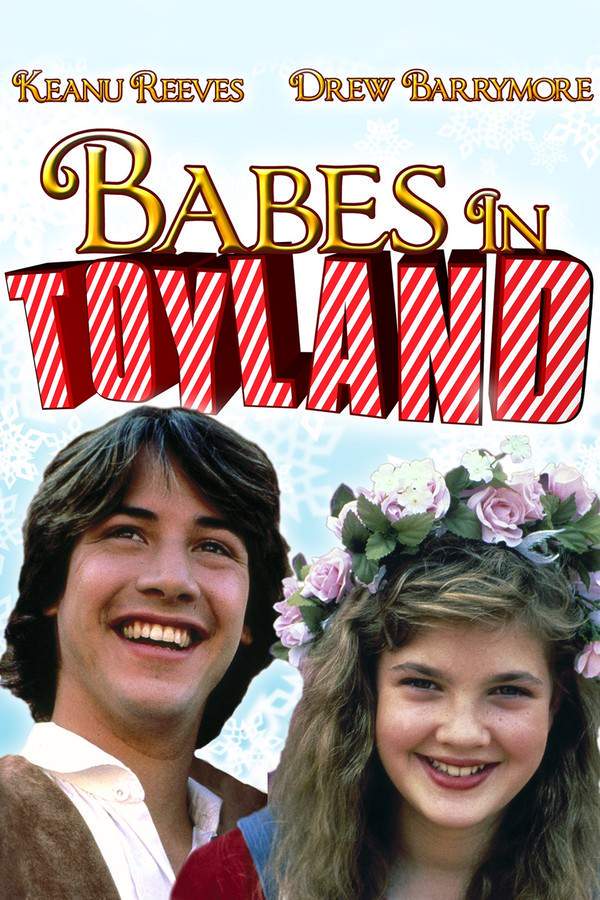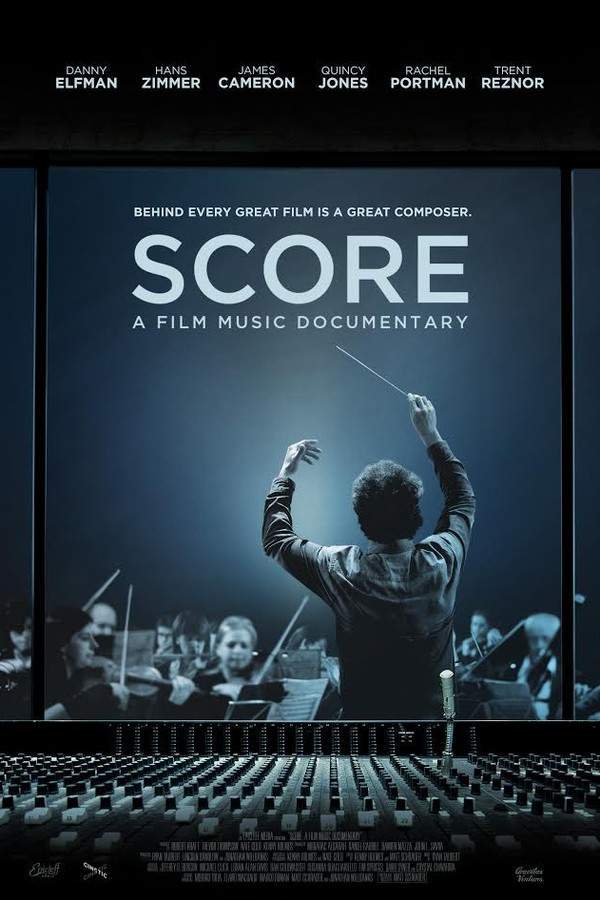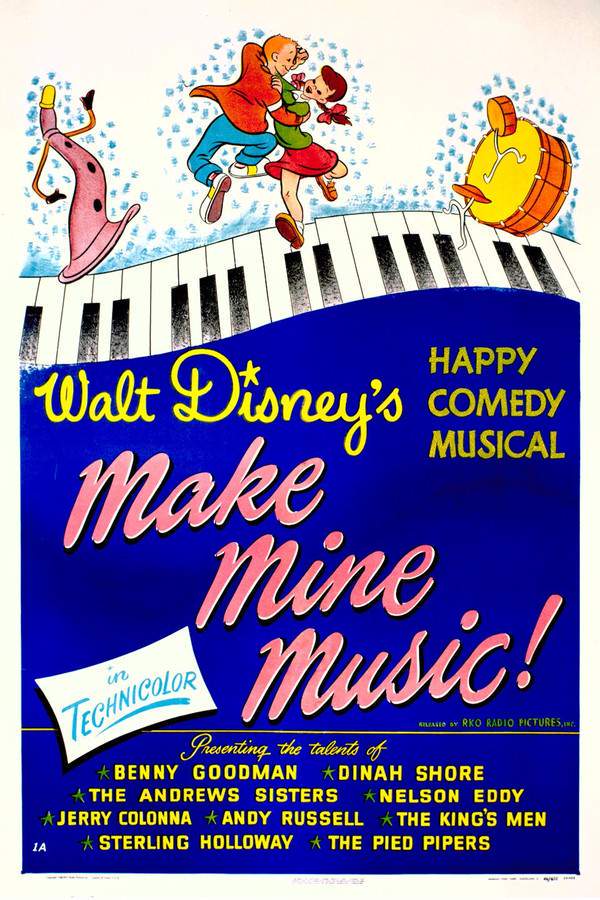
Make Mine Music
Year: 1946
Runtime: 75 min
Language: English
Directors: Clyde Geronimi, Hamilton Luske, Jack Kinney, Joshua Meador, Robert Cormack
Walt Disney's "Make Mine Music" is a vibrant collection of musical segments and animated shorts. The film presents a unique blend of live-action and cartoon sequences, including memorable stories like "All the Cats Join In" and "The Whale Who Wanted to Sing at the Met." It showcases a diverse range of musical styles and whimsical narratives, celebrating the power and artistry of song and animation.
Warning: spoilers below!
Haven’t seen Make Mine Music yet? This summary contains major spoilers. Bookmark the page, watch the movie, and come back for the full breakdown. If you're ready, scroll on and relive the story!
Make Mine Music (1946) – Full Plot Summary & Ending Explained
Read the complete plot breakdown of Make Mine Music (1946), including all key story events, major twists, and the ending explained in detail. Discover what really happened—and what it all means.
An anthology film, Annie Get Your Gun presents a collection of diverse stories, each featuring a unique set of characters. The first tale, titled “The Martins and the Coys,” revolves around a long-standing family feud between the infamous hillbilly families—the Martins and the Coys. The ruckus begins when the inebriated grandfather of the Coy family stealthily steals eggs from the Martins’ henhouse. This seemingly trivial act escalates into gunfire as both families retaliate against one another, resulting in a brutal showdown that claims the lives of many family members. As their souls ascend, they find themselves in two adjacent clouds, where they bear witness to the outcomes of their remaining kin. Ultimately, only one survivor from each family remains: Grace Martin and Henry Coy. Grace, portrayed as a stunning young woman, and Henry, a dashing young man, prepare to engage in another round of bullets, yet they unexpectedly find themselves enamored with each other at first sight. In a whirlwind of romance, they quickly wed and throw a jubilant dance party at Possum Track School. However, their love story diverges into a realm of conflict as their domestic squabbles become all too common, leading to playful brawls echoed by the delighted spirits of their ancestors, signifying that the feud continues in a fresh guise.
The film transitions to the second segment, “Blue Bayou,” which paints a picturesque scene of a moonlit evening in the Everglades. Here, two egrets cross paths and form a bond as they soar through the night sky, embarking on a journey of companionship.
Following this is “All the Cats Join In,” a vibrant depiction of the teenage culture of the 1940s. The segment begins with a teenage boy delighting in the sounds of a jukebox as he reaches out to invite a girl for a night out. As she readies herself by taking a shower and applying her makeup, her younger sister amusingly mimics her preparations. Soon after, her boyfriend arrives in a jalopy to whisk her away. They gather their friends for a fun-filled evening at the malt shop, dancing and enjoying delicious meals, embodying the carefree spirit of youth.
The fourth segment, “Without You,” delivers a poignant ballad that deeply resonates with themes of solitude and heartbreak. The narrative is accompanied by visually stunning impressionistic images, including a gnarled tree and a breathtaking starry sky, evoking a profound sense of lost love.
In the fifth segment, “Casey at the Bat,” the story takes us back to 1902 in the fictional town of Mudville. Here, a gripping baseball game unfolds as Mudville’s team struggles in the score. With unexpected turns of events, two of the most unlikely players shine in a remarkable performance, but all eyes are on Casey, the celebrated star player anticipated to lead his team to triumph. However, in a shocking twist, Casey’s overconfidence leads him to let the first two pitches go by without swinging—the called strikes haunt him. In a dramatic final pitch, Casey attempts to swing for glory, only to strike out, leaving Mudville’s hopes hanging in the balance as rain begins to pour. Alone on the field, an emotional Casey stands defeated, crying in the downpour, his frustration boiling over as he futilely attempts to hit the ball one last time.
The sixth segment, “Two Silhouettes,” showcases a mesmerizing display of rotoscoped live-action ballet dancers, elegantly moving in silhouette as they are accompanied by whimsical putti, creating a magical atmosphere of dance and artistry.
Next is “Peter and the Wolf,” an enchanting adaptation of the classic fairy tale. The story commences on a snow-blanketed landscape where a ferocious wolf prowls in search of prey. Enter Peter, a spirited young boy eager to catch the wolf, armed only with a toy gun. His grandfather’s reprimand fails to dissuade him, and as the grandfather dozes off, Peter sneaks out to pursue his adventure. Joined by his loyal animal companions—Sasha the Bird, Sonia the Duck, and Ivan the Cat—they encounter the wolf, leading to a series of thrilling confrontations. Tragically, the wolf manages to catch Sonia, returning with her feathers, inciting grief from Peter and Sasha. In a suspenseful standoff, Ivan cleverly ties the wolf’s tail, while Peter attempts to subdue the creature. Just as the wolf appears to overpower Peter, a trio of adult hunters—Misha, Yasha, and Vladimir—arrive, but Peter gains the upper hand and successfully captures the wolf. Transporting their prisoner to the village, Peter receives acclaim as a hero, though Sasha mournfully remembers Sonia—only for Sonia to reappear unharmed. A joyous reunion unfolds as they head to the village to celebrate their victory.
In the eighth segment, “After You’ve Gone,” a whimsical array of anthropomorphic musical instruments take center stage, creating a playful and lively scene.
The ninth segment, titled “Johnnie Fedora and Alice Bluebonnet,” spins the charming love story of two anthropomorphic hats. Their paths first cross as they sit on display in a department store window. When fate separates them with Alice getting sold, Johnnie embarks on an emotional journey to reunite with his beloved. Despite the highs and lows of ownership and the unexpected twist of being donned by a horse, the enduring love between Johnnie and Alice prevails, resulting in a heartwarming conclusion as they find solace together in their horses’ stable.
Finally, the film culminates with the tenth segment, “The Whale Who Wanted to Sing at the Met.” This whimsical tale features Willie, an anthropomorphic sperm whale blessed with a remarkable singing voice that captures the attention of eager biologists. Amidst the chaos of misunderstanding and whimsical misadventures, Professor Tetti Tatti ventures on a quest to fulfill Willie’s dreams of becoming a celebrated singer. Yet, in a turn of tragic misunderstanding, Willie is harpooned in the process. As he meets his untimely end, the narrator discernibly assures us of his continued soulful melodies echoing in heaven, culminating in a heartwarming vision of Willie as an angel, bringing the film to a poignant close.
Last Updated: January 19, 2025 at 18:49
Unlock the Full Story of Make Mine Music
Don't stop at just watching — explore Make Mine Music in full detail. From the complete plot summary and scene-by-scene timeline to character breakdowns, thematic analysis, and a deep dive into the ending — every page helps you truly understand what Make Mine Music is all about. Plus, discover what's next after the movie.
Make Mine Music Timeline
Track the full timeline of Make Mine Music with every major event arranged chronologically. Perfect for decoding non-linear storytelling, flashbacks, or parallel narratives with a clear scene-by-scene breakdown.

Characters, Settings & Themes in Make Mine Music
Discover the characters, locations, and core themes that shape Make Mine Music. Get insights into symbolic elements, setting significance, and deeper narrative meaning — ideal for thematic analysis and movie breakdowns.

Similar Movies to Make Mine Music
Discover movies like Make Mine Music that share similar genres, themes, and storytelling elements. Whether you’re drawn to the atmosphere, character arcs, or plot structure, these curated recommendations will help you explore more films you’ll love.
Explore More About Movie Make Mine Music
Make Mine Music (1946) Scene-by-Scene Movie Timeline
Make Mine Music (1946) Movie Characters, Themes & Settings
Make Mine Music (1946) Spoiler-Free Summary & Key Flow
Movies Like Make Mine Music – Similar Titles You’ll Enjoy
Melody Time (1948) Spoiler-Packed Plot Recap
Happy Feet (2006) Film Overview & Timeline
Strange Magic (2015) Ending Explained & Film Insights
Fantasia (1940) Film Overview & Timeline
Disenchanted (2022) Full Movie Breakdown
Frozen (2013) Ending Explained & Film Insights
Anima (2019) Movie Recap & Themes
Saludos Amigos (1943) Full Movie Breakdown
The Saddest Music in the World (2004) Plot Summary & Ending Explained
Into the Woods (2014) Movie Recap & Themes
Sing (2016) Full Movie Breakdown
The Music Man (1962) Ending Explained & Film Insights
The Swan Princess (1994) Spoiler-Packed Plot Recap
Babes in Toyland (1961) Plot Summary & Ending Explained
Score: A Film Music Documentary (2017) Film Overview & Timeline



